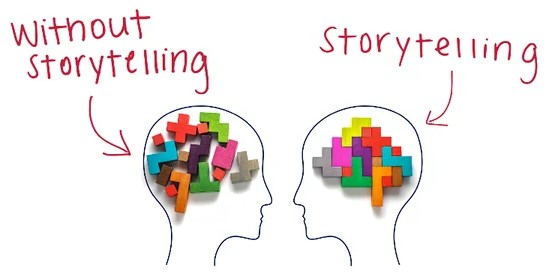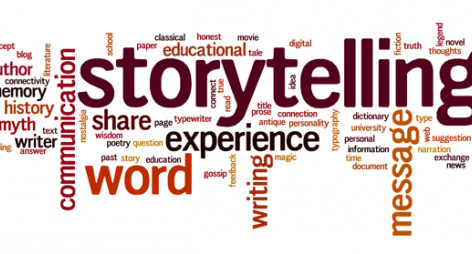Unleashing the Power of Storytelling: A Key to Captivating Audiences
In the digital era where information overflows yet engagement often falls short, the ancient art of storytelling emerges as a crucial skill. Storytelling is not just for authors and filmmakers; it's a fundamental tool for anyone who aims to communicate ideas effectively, persuade audiences, and inspire action. This week, we explore how mastering the art of storytelling can dramatically enhance your communication skills and impact.
Understanding the Art of Storytelling
Storytelling is an intrinsic part of human tradition, binding cultures and generations. It goes beyond mere words on a page or spoken into the air; storytelling involves crafting narratives that resonate with listeners, engage emotions, and drive home messages in memorable ways. Whether it’s a CEO pitching a new vision to stakeholders or a teacher trying to make a subject matter engaging for students, storytelling paints scenarios that invite listeners into a shared experience.
The Elements of Effective Storytelling
A compelling story requires more than an interesting anecdote; it needs structure, emotional intelligence, and authenticity. Here’s how you can weave those elements into your narratives:
- Characters: Relatable characters are the soul of your story. They bring the narrative to life and serve as the conduit for audience empathy.
- Plot: This is the sequence of events in your story. A strong plot keeps your audience engaged from start to finish, with a satisfying conclusion that leaves them thoughtful or inspired.
- Setting: The context of your story sets the stage. Details about time and place can enrich the narrative and make your story more relatable.
- Conflict: Every good story has a conflict or challenge. It’s the engine of your plot, driving the narrative forward and keeping listeners hooked.
- Resolution: How your characters resolve the conflict provides closure to your story, offering key takeaways or insights.

Why Storytelling Matters
In professional settings, storytelling is a strategic tool that can lead to remarkable outcomes:

- Building Relationships: Stories build connections. Sharing personal experiences or challenges through storytelling can bridge gaps between individuals and foster a deeper understanding.
- Enhancing Persuasion: A well-told story can persuade more effectively than a simple presentation of facts. It can make the case for a new project, policy, or product in a way that statistics alone cannot.
- Driving Change: Stories have the power to inspire action and drive change. They can transform abstract ideas into tangible scenarios that people care about and want to support.
Practical Application
Apply these storytelling techniques in your everyday interactions to see a transformation in how your messages are received:
- Business Presentations: Use stories to highlight successes or learnings from past projects.
- Teaching: Create narratives around the lesson to help students visualize and understand complex concepts.
- Personal Branding: Tell your career journey or personal stories during interviews or networking events to create memorable impressions.

Call to Action
Ready to enhance your communication skills through storytelling? Download our comprehensive guide, "Storytelling for Impact," and start crafting narratives that captivate and inspire. Dive deep into the art of storytelling with our expert tips and techniques.
Challenge
This week, I challenge you to harness the power of storytelling by sharing a narrative from a recent personal or professional experience. Use the storytelling elements outlined in our guide to craft your story: introduce compelling characters, establish a vivid setting, build up a conflict, and provide a resolution that offers insights or lessons learned.
Here’s how to participate:

- Choose an Event: Pick a recent event from your life or work—something that had an impact on you or others around you.
- Craft Your Story: Apply the storytelling techniques from our guide to narrate your experience. Make sure to include a clear beginning, middle, and end.
- Submit Your Story: Use the space below to share your story with us. We’re eager to see how you use storytelling to enhance communication and engagement.
- Discussion and Feedback: After submitting your story, join our community discussion to receive feedback and hear how others have tackled their storytelling challenges. This is a great opportunity to learn from each other and refine your storytelling skills.
By participating in this challenge, you'll not only improve your own storytelling abilities but also gain insights into how effective storytelling can influence and inspire others. Whether it's a story that solved a workplace issue, deepened a personal relationship, or sparked a new idea, your narrative has the power to resonate and inspire.
Conclusion
Embracing storytelling is not just about becoming a better speaker or writer; it's about becoming a more effective communicator across all aspects of life. By crafting stories that resonate, you engage your audience on a deeper level and leave a lasting impact. Download our "Storytelling for Impact" guide and start transforming your communication today.
Leave a Reply